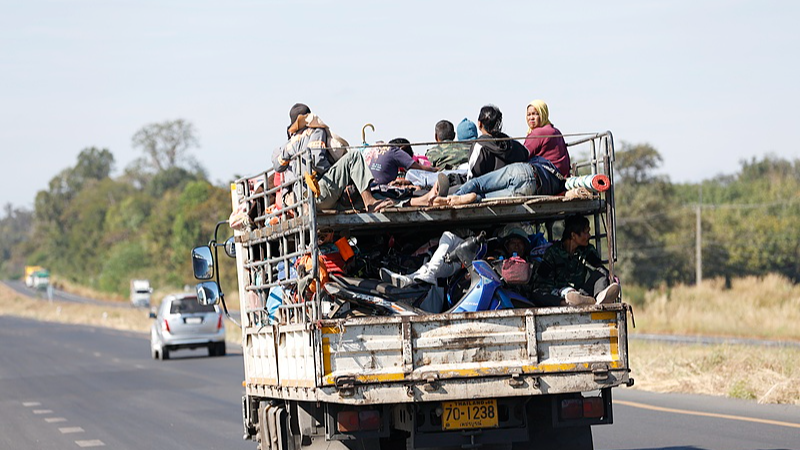On May Day, lawyers, teachers and politicians joined thousands of demonstrators across the country to protest President Donald Trump's policies on immigration, the targeting of judges and lawyers, and the growing influence of billionaires on government.
In Washington, D.C., Jennifer Vasquez Sura addressed one of the largest rallies, sharing the ordeal of her husband, Kilmar Abrego Garcia, a U.S. resident who was mistakenly detained and sent to prison in El Salvador by the administration. "He was illegally detained, abducted and disappeared by the Trump administration, though they admitted it was an error," she said, noting he endured "50 days of suffering."
Organizers\u00096including a coalition of more than 200 labor unions and immigrant rights advocates\u0009accused the administration of prioritizing profits for billionaires and called on it to invest in working families by fully funding healthcare, public schools and housing.
Across the country, protesters hoped for the biggest May Day demonstrations in U.S. history. While previous gatherings since Trump's return to office saw thousands take to the streets, this year's turnout aimed for hundreds of thousands nationwide.
Days after President Trump celebrated his first 100 days in office with a campaign-style event in Michigan, Democrats looked to harness the May Day momentum. In Philadelphia, U.S. Senator Bernie Sanders of Vermont addressed thousands of supporters, calling for a unified response to the administration's agenda.
The May Day protests reflected a broad alliance of lawyers, labor unions and immigrant advocates pushing back against what they saw as an administration out of step with working families.
Reference(s):
cgtn.com



